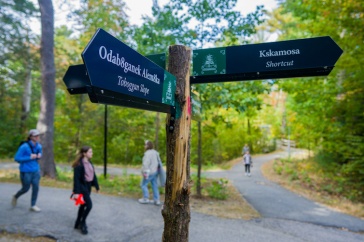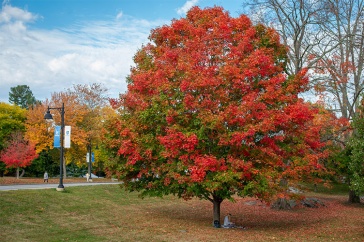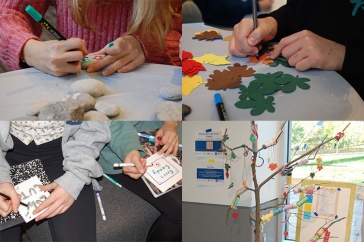To cite this article: Marieka Brouwer Burg, Astrid Runggaldier & Eleanor Harrison-Buck
(2016): The afterlife of earthen-core buildings: A taphonomic study of threatened and effaced architecture in Central Belize, Journal of Field Archaeology
Marieka Brouwer Burg1, Astrid Runggaldier2, Eleanor Harrison-Buck1
1Department of Anthropology, University of New Hampshire, 2University of Texas-Austin
Synopsis:
Buried architecture poses an interpretive challenge to field archaeologists the world over. The depositional sequence of the site must be reconstructed through excavation and stratigraphic analysis, and the various phases of construction and use that occurred in the past must be inferred. Effaced earthen-core architecture (e.g., architecture that was once faced with a masonry outer layer that is no longer present) constitutes a heightened challenge in this regard, as events and layers are not always clearly distinguishable, an interpretive difficulty that can be compounded when such architecture is threatened and decay accelerated by modern-day land use activities such as bulldozing and plowing. The case study presented here focuses on an ancient Maya E-Group architectural configuration—a triangular arrangement of structures that served to commemorate astronomical events, among other functions—that is being degraded through repetitive plowing. The significance of this site in regard to Maya archaeology is undeniable, as it was used and reused over a period of at least eight centuries. The site warranted a salvage-based approach designed to gather maximal quantities and types of data when only a minimal amount of time, labor, and funding was available. The procedure presented here was developed for a specific example of endangered, earthen-core Maya architecture in Belize; however, it is applicable to any archaeological project that faces similar obstacles in examining and documenting architecture before it is either eroded or intentionally destroyed.
Keywords: effaced architecture, salvage archaeology, systematic surface collection, Maya Lowlands, Belize, E-Group, persistent places




















































